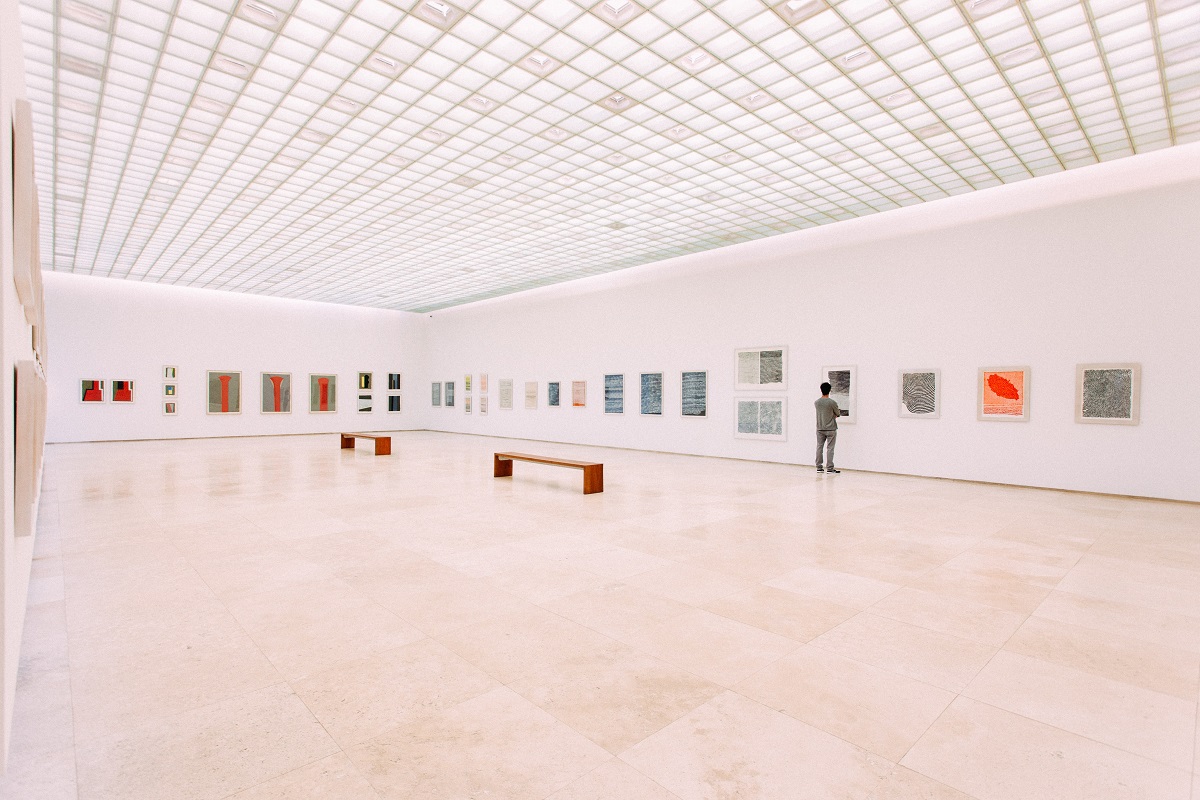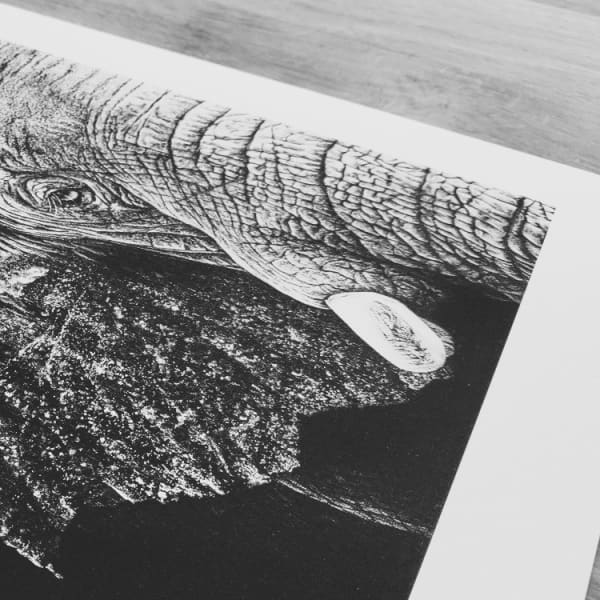Analysing a painting
You might be the type of person that loves analysing artwork - trying to figure out what it all means, what was the artist thinking? What were their methods? What emotions does the piece convey?
Or maybe you just don’t get it. Yeah the painting looks cool, but why do we have to sit around talking about feelings or secret messages behind a painting?
Well first off, don’t be afraid to be at either end of this scale, or somewhere in the middle. Art is a very personal expression, and how you react to that artwork is personal to you. You can appreciate art in your own ways.
However, you might be the type of person that wants to appreciate art more. You want to get to grips with analysing and interpreting pieces, without all of the extra fluff that often puts people off.
It’s not that hard to get started - you can ask yourself some simple questions like the ones I’ve written below.

What do you see?
This is actually an important question that artists often ask themselves when drawing or painting. If they are using a reference or subject in front of them, the trick to creating realism is to ‘draw what you see, not what you think you see’.
For budding art analysts, the approach is almost the opposite. Ask yourself what you think you see. If it is a literal piece, this process should be pretty simple. If it’s more abstract, then go in with an open mind. See if there are any key shapes you can make out - do certain lines and colours depict a particular image to you? What colours have been used, and what are those colours usually associated with?
A follow up question to ask here is ‘what do you not see?’ Are any areas blank or missing detail? Sometimes we can gather information from what the artist has deliberately left out.
How was it made?
The next question that you should ask yourself is ‘how was it made?’. Think about the artist’s methods, their techniques, and the materials they used throughout the process.
Sometimes you can figure this out by looking at the artwork description or with a quick Google search, but in other cases you will need to inspect the piece further, and try to produce a narrative of its production.
Think about the layering of paint or the textures created. How did the artist create depth in the piece? What colours have been used? There are many details you can try to notice to offer a much better understanding of the artwork.
What do you know about the artist?
So up to this point we have analysed just the painting, but it’s also a good idea to learn a bit more about the artist too. Understanding the artist’s background and their other work can support your assessment of the current piece you’re looking at.
This question may take more time to answer - the results however can be really useful. You can learn about the artist’s progression from piece to piece. How did their life experiences affect their work? What learnings did they take on board to change their technique? Did the artist go through any difficult periods that led to a dramatically different style?
We can’t truly appreciate a work of art without first understanding how the artist got here. What journey led them to this exact point in their creative career?
How does it make you feel?
Ok. Now we get to the more subjective section of our art analysis. You could argue that talking about ‘what you see’ can be quite subjective, but we have mainly been working on facts up until now.
The question you now need to ask yourself is ‘How does it make you feel?’. I know, I know, why are we suddenly getting all emotional? Well this step is possibly the most crucial of them all. Art should trigger some emotion within you - it can be love, heartache, fear, or even disgust. The feeling can be faint, or it can be strong, but it will be there nonetheless.
You need to look within you and find out what the artwork makes you feel. This should be the key take-away from any analysis. Do you love the piece, do you hate it, or are you somewhere in between? Take enjoyment from the process, and don’t be afraid of having a different opinion to others.

Why?
Finally we must ask ourselves - why? Why does the painting make you feel this way? Take on board everything you have discovered prior to this question and use it to generate an answer to why.
Don’t be concerned if you are unsure at first. As your experience and confidence grows, your ability to answer all of the above questions will become much easier.
—
So hopefully you now have more of a plan when it comes to understanding and appreciating artwork. These aren’t a strict set of questions that everyone asks themselves, but they do act as a starting point when you’re standing in front of a piece. To improve your analytical skills, it’s important to practice. Eventually you will become more confident. In some cases, you can even compare your thoughts to that of the artist’s intent, to see how you’re doing.
Always remember though, that art is a very personal expression, and how you react to that artwork is personal to you. You can appreciate art in your own ways.
Yours,
Joseph Cashmore - ART JC



